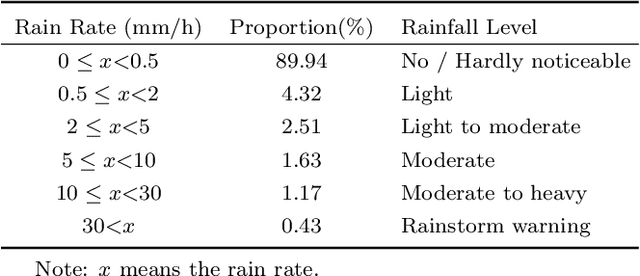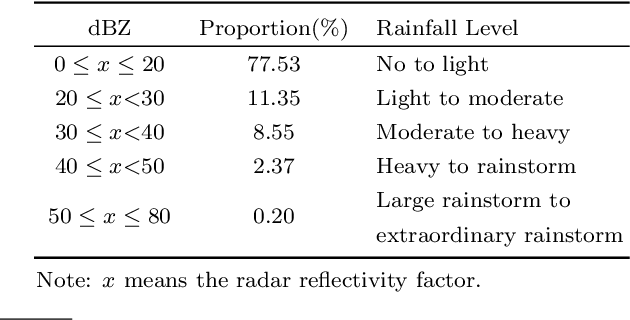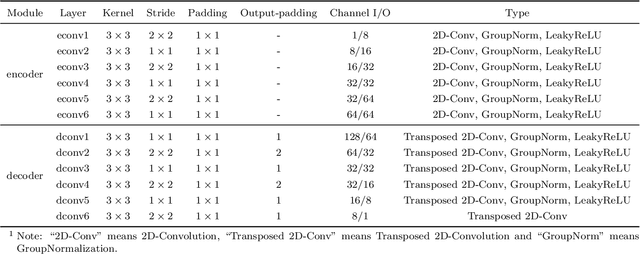Kohei Takeda
Routing and Scheduling Optimization for Urban Air Mobility Fleet Management using Quantum Annealing
Oct 15, 2024



Abstract:The growing integration of urban air mobility (UAM) for urban transportation and delivery has accelerated due to increasing traffic congestion and its environmental and economic repercussions. Efficiently managing the anticipated high-density air traffic in cities is critical to ensure safe and effective operations. In this study, we propose a routing and scheduling framework to address the needs of a large fleet of UAM vehicles operating in urban areas. Using mathematical optimization techniques, we plan efficient and deconflicted routes for a fleet of vehicles. Formulating route planning as a maximum weighted independent set problem enables us to utilize various algorithms and specialized optimization hardware, such as quantum annealers, which has seen substantial progress in recent years. Our method is validated using a traffic management simulator tailored for the airspace in Singapore. Our approach enhances airspace utilization by distributing traffic throughout a region. This study broadens the potential applications of optimization techniques in UAM traffic management.
FDNet: A Deep Learning Approach with Two Parallel Cross Encoding Pathways for Precipitation Nowcasting
May 06, 2021



Abstract:With the goal of predicting the future rainfall intensity in a local region over a relatively short period time, precipitation nowcasting has been a long-time scientific challenge with great social and economic impact. The radar echo extrapolation approaches for precipitation nowcasting take radar echo images as input, aiming to generate future radar echo images by learning from the historical images. To effectively handle complex and high non-stationary evolution of radar echoes, we propose to decompose the movement into optical flow field motion and morphologic deformation. Following this idea, we introduce Flow-Deformation Network (FDNet), a neural network that models flow and deformation in two parallel cross pathways. The flow encoder captures the optical flow field motion between consecutive images and the deformation encoder distinguishes the change of shape from the translational motion of radar echoes. We evaluate the proposed network architecture on two real-world radar echo datasets. Our model achieves state-of-the-art prediction results compared with recent approaches. To the best of our knowledge, this is the first network architecture with flow and deformation separation to model the evolution of radar echoes for precipitation nowcasting. We believe that the general idea of this work could not only inspire much more effective approaches but also be applied to other similar spatiotemporal prediction tasks
 Add to Chrome
Add to Chrome Add to Firefox
Add to Firefox Add to Edge
Add to Edge